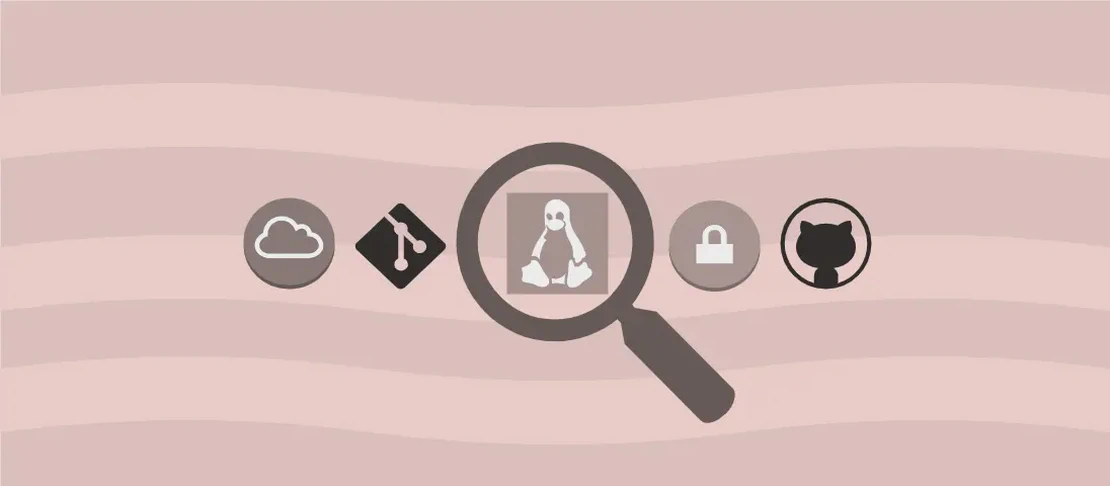
How to Use the Command 'unlink' (with Examples)
The unlink command is a utility found in Unix-like operating systems used for removing a file by deleting its filename reference in the filesystem. An essential point to keep in mind is that the file contents are lost if the link being removed is the only link to that file. This means that after executing unlink, the data may no longer be recoverable through standard means, making it a potent, straightforward tool for precise file removal tasks.
Use Case: Remove the Specified File if it is the Last Link
Code:
unlink path/to/file
Motivation:
Using the unlink command in a situation where you need to ensure that a file is completely removed from your system is crucial. Imagine a scenario where there is a sensitive or outdated document that should not exist anywhere on your machine. If you execute unlink on a file and there are no other links pointing to it, the file’s data is made irrecoverable by standard user means. This can be particularly important for situations focusing on confidentiality, where ensuring data is not easily restorable is vital.
Explanation:
unlink: This is the command itself and it is used to remove the directory entry, or link, to the file in the filesystem. It simply makes the file inaccessible by removing its name from the directory structure.path/to/file: This argument specifies the path to the file you wish to remove. This could be an absolute path starting from the root directory or a relative path from the current directory where you are executing the command. It must be a valid and accessible path; otherwise, the command will fail.
Example Output:
Executing the command unlink path/to/file in your terminal doesn’t typically generate an output message if it is successful. However, if the file does not exist, or there are permissions issues, an error message like “No such file or directory” or “Permission denied” may be displayed. Importantly, the absence of a confirmatory message underscores the straight-to-the-point nature of unlink. It silently removes the file, assuming everything proceeds without errors.
Conclusion
The unlink command is a very specific Unix utility designed for the purpose of removing a single file from the filesystem by unlinking it from the directory. Its simplicity contrasts with other file removal commands like rm, which can handle more complex file and directory structures. When using unlink, it is important to ensure that you absolutely intend to remove the file, as it is often a point of no return in terms of data recovery. The example provided demonstrates its use in removing a single file, which highlights its utility in ensuring certain files are completely removed when the link is unique. Understanding and utilizing such command-line tools effectively requires precision in operation and clarity in intention, making unlink a powerful command in the Linux/Unix toolkit.

